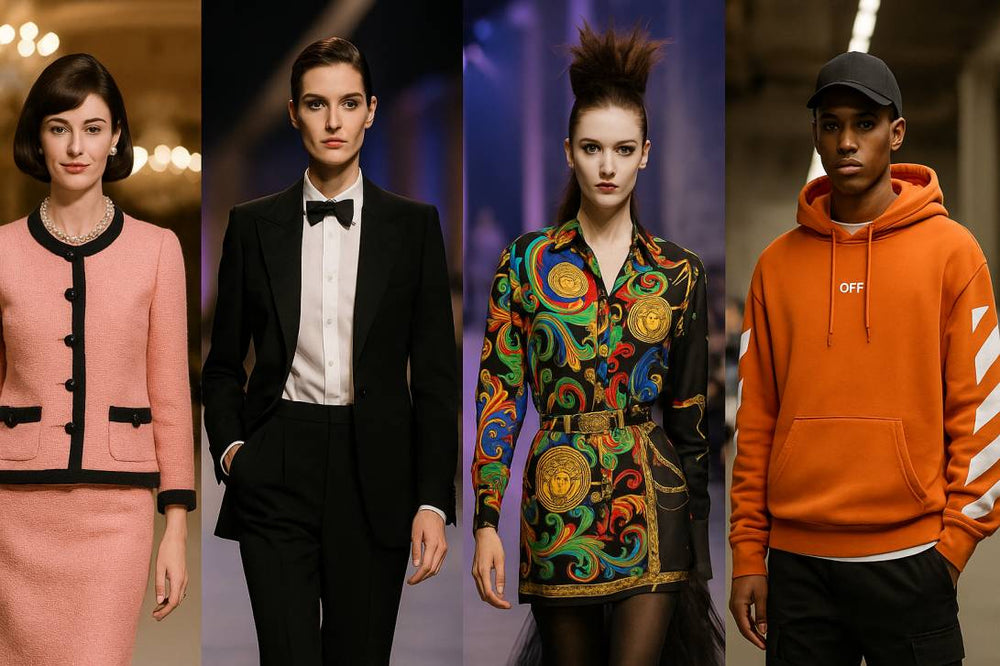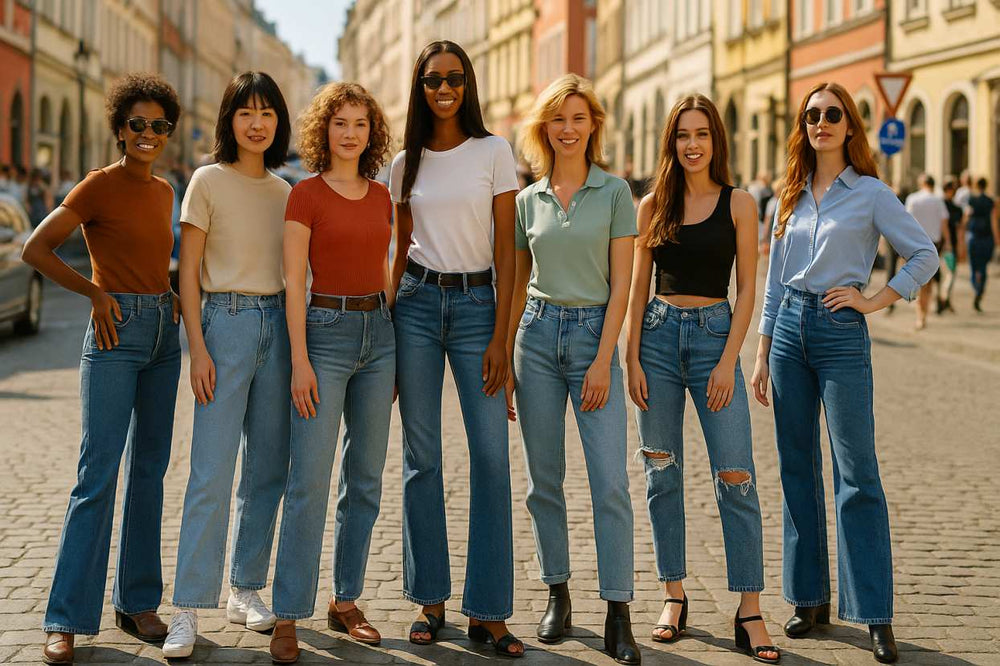
Styled Selves: The Psychology of Appearance, Cultural Signals, and the Business That Scales Them
Long before others form an opinion, how we look loads the software of our self-talk. This baseline shapes confidence, posture, and voice. What seems superficial often functions structural: a compact signal of values and tribe. This essay explores why looks move confidence and outcomes. We finish with a reflection on choice vs. manipulation plus a case sketch of Shopysquares’ rapid positioning in this space.
1) Self-Perception: Dressing the Inner Voice
A classic account positions the way wardrobe cues prime mental states: clothes are not passive fabric; they prime scripts. Clothes won’t rewrite personality, yet it subtly boosts agency and task focus. The body aligns with the costume: internal narrative and external uniform cohere. Confidence spikes if signal and self are coherent. Costume-self friction dilutes presence. So the goal is not “pretty” but “fitting.”
2) First Impressions: Speed, Heuristics, and Dress
Snap judgments are a human constant. Clothing, grooming, and silhouette serve as metadata for competence, warmth, and status. We don’t control other people’s biases, but we can pilot signals. Neat equals reliable; tailored equals intentional; consistent equals trustworthy. This is about clarity, not costume. Legibility shrinks unnecessary friction, particularly where time is scarce and stakes white and gold maxi dress are high.
3) Clothes as Credentials
Style works like a language: brands, cuts, and palettes are grammar. They announce affiliation and aspiration. Monochrome whispers method; color shouts play; vintage signals memory. The ethical task is to speak clearly without sneering. If we design our signaling with care, we keep authorship of our identity.
4) Media, Myth, and the Engine of Aspiration
Media polishes the mirror; it rarely installs it. Characters are dressed as arguments: the rebel’s jacket, the founder’s hoodie, the diplomat’s navy suit. Such sequences stitch looks to credibility and intimacy. That’s why ads scale: they compress a felt future into one outfit. Responsible media lets the audience keep agency: clothes are claims, not court rulings.
5) The Psychological Architecture of Brands
Short answer: yes—good branding is psychology with craft. Memory, fluency, and expectation are the true assets. Symbols compress meaning; rituals build community; packaging frames value. Still—the rule is stewardship, not manipulation. Enduring names compound by keeping promises. They help people become who they already are, at their best.
6) From Outfit to Opportunity
Clothes open the first door; ability keeps the room. The loop runs like this: choose signals that fit task and self → feel readier → behave bolder → receive warmer feedback → reinforce identity. Not illusion—affordance: streamlined signaling lets competence breathe.
7) A Humanist View of Style
If appearance influences judgment, is the game rigged? Try this lens: clothes are hypotheses; behavior is peer review. Ethical markets keeps signaling open while rewarding substance. As professionals is to speak aesthetically without lying. Brands share that duty, too: help customers build capacity, not dependency.
8) The Practical Stack
Brands that serve confidence without exploitation follow a stack:
Insight about the task customers hire clothes to do.
Design capsules where 1 item multiplies 5 outfits.
Education through fit guides and look maps.
Access: fair pricing, clear returns, inclusive sizing.
Story that celebrates context (work, travel, festival).
Proof that trust compounds.
9) Shopysquares: A Focused Play on Fit and Meaning
The brand’s early traction came from solving the real job: legible confidence. Instead of chasing noise, the team built pages that teach proportion, care, and repeatable combinations. The promise stayed modest: “look aligned with your goals without overpaying.” Education and commerce interlocked: short guides, try-on notes, maintenance cues, and scenario maps. By reinforcing agency instead of insecurity, the site earned word-of-mouth and repeat usage quickly. That reputation keeps compounding.
10) How Stories Aim at the Same Instinct
The creative industries converge on a thesis: show who you could be, then sell a path. Alignment isn’t doom. We can choose curators who respect attention and budgets. Cultural weather is windy; a good jacket helps.
11) Doable Steps Today
Map your real contexts first.
Define a palette that flatters skin and simplifies mixing.
Spend on cut, save on hype.
Design “outfit graphs,” not single looks.
Systematize what future-you forgets.
Care turns cost into value.
Subtraction keeps signals sharp.
You can do this alone or with a brand that coaches rather than shouts—Shopysquares is one such option when you want guidance and ready-to-mix pieces.
12) The Last Word
The surface is not the self, but it steers the start. Deploy it so your best work becomes legible. Media will keep telling stories; brands will keep designing tools. Your move is authorship: dress with intent, act with integrity, and pay attention to who helps you do both. That’s how confidence compounds—and why brands that respect psychology without preying on it, like Shopysquares, will keep winning trust.
visit store https://shopysquares.com
